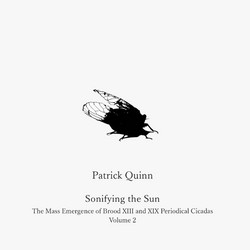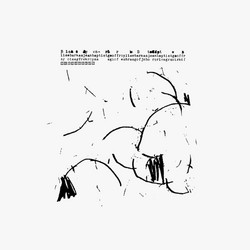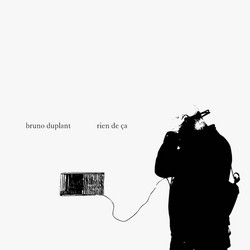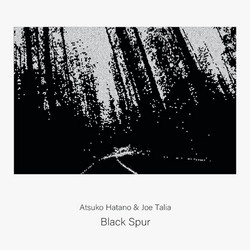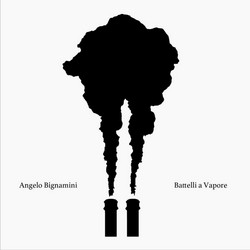With Duo, Yukiko Shiina Sakurazawa and Kon Okuma craft a music that lives entirely in the chemistry of its moment. No grand arrangements, no layered production—just two performers meeting in sound, sometimes hand in hand, often at deliberate distance. The title is less a description of personnel than a statement of practice: everything here hinges on the art of listening and the risk of response. Sakurazawa’s piano work moves between crystalline minimalism and sudden percussive insistence, her phrasing attuned to the smallest inflection. A single note can hold its own against extended silence; clusters ripple outward like stones dropped into still water. Okuma’s reeds answer with breath-shaped lines—some long and plaintive, others chopped into sharp, angular pulses. The exchange is never polite; both artists let dissonance live alongside consonance, treating difference as the core of their dialogue.
Duo unfolds without a fixed centre, instead creating temporary alignments that dissolve before complacency sets in. At times the two voices merge so closely they seem to share a single pulse; moments later, one drifts away entirely, leaving the other suspended. This push and pull makes each track feel like a chapter in an ongoing, unresolved conversation. The album’s pacing is deliberate but unpredictable. Long silences carry as much weight as the played notes, pulling the listener into an attentive state where sound and its absence are inseparable. Dynamics shift subtly—soft exchanges give way to sharp bursts, reflecting the fluid negotiation between the players.
Released through Zappak, the record aligns with the label’s focus on process-driven work where structure emerges organically rather than being imposed. The recording captures the performers in full spatial presence: the intimacy of close mic detail sits alongside the natural acoustics of the room, allowing the music’s breathing space to remain intact. Ambient traces—fingers brushing keys, reed adjustments, the faint pedal creak—become integral to the composition, reinforcing that what we hear is inseparable from how it is played. Beyond the instrumentation, Duo carries a thematic undercurrent about coexistence and autonomy. Collaboration here is not about blending into one voice, but about maintaining identity within shared space. When unity does occur, it registers as rare and fragile, its beauty heightened by the surrounding independence.
By its end, Duo leaves no summary or resolution. Instead, it offers a vivid record of two musicians navigating sound as terrain—meeting at crossroads, diverging into separate paths, and somehow returning to find the conversation still alive. Sakurazawa and Okuma seek not conclusion, but continuity: a practice of speaking in music that remains open, unfinished, and essential.
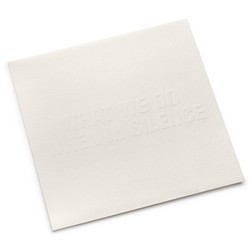
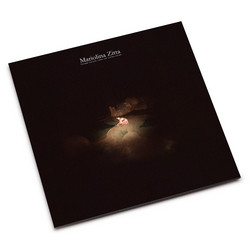
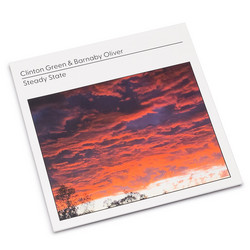
![Eyry]](https://cdn.soundohm.com/data/products/2025-11/anne-gillis-art-into-life-jpg.jpg.250.jpg)
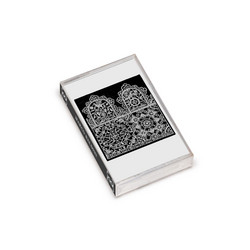
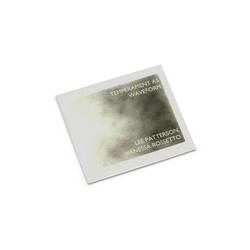
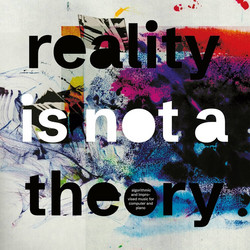
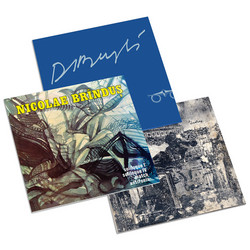
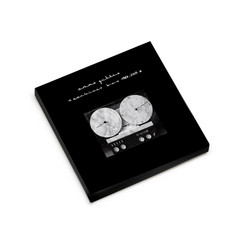

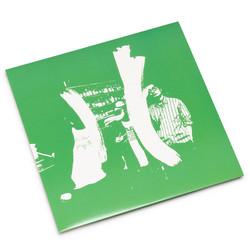
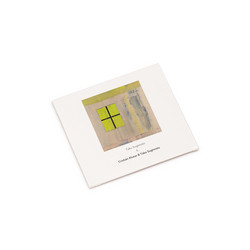
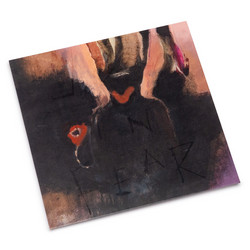
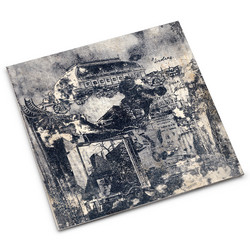
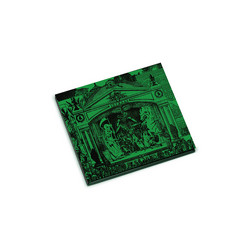
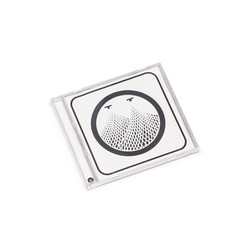
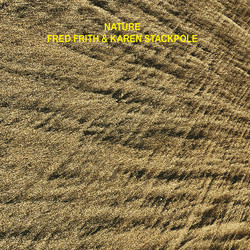
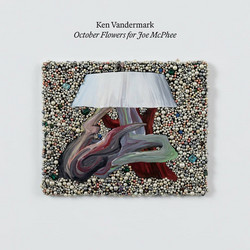
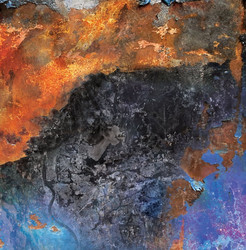
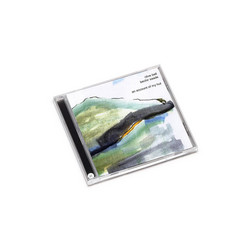
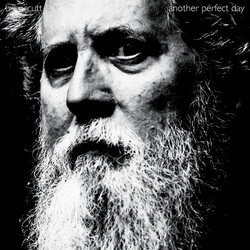
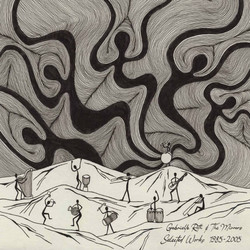
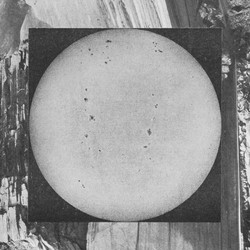

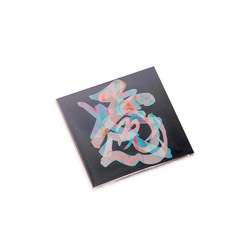
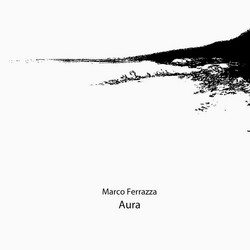
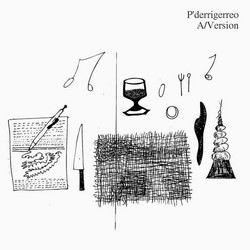
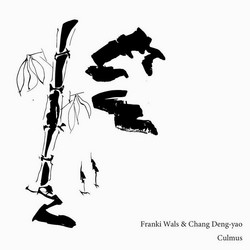
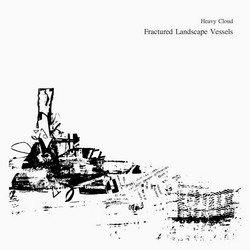
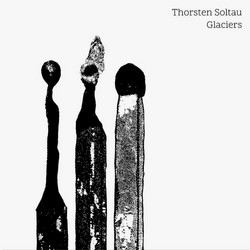
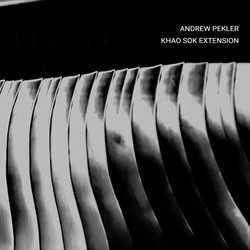
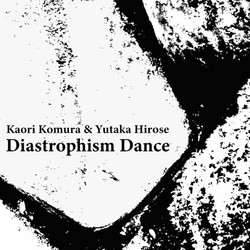
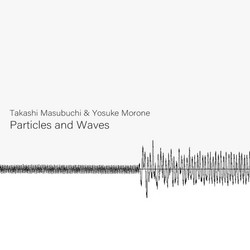
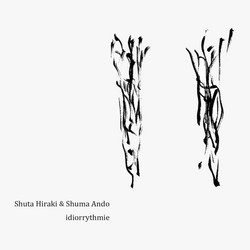
![(Kiku (sense) the [drawing + sound]) 描奏をきく](https://cdn.soundohm.com/data/products/2025-10/Kiku-sense-jpg.jpg.250.jpg)
